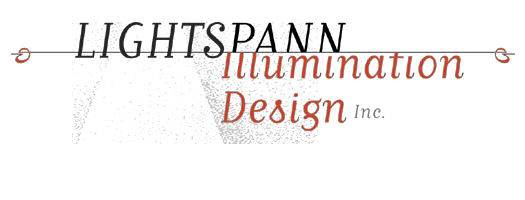Frequently Asked Questions
![]() What is blown glass?
What is blown glass?
![]() Blown glass is an ancient technique of taking melted molten glass (the consistency of honey) and tooling it to produce forms.
The glass is gathered on a long hollow metal pipe at 2070 degrees F and worked through a process involving the human breath.
The breath provides a constant pressure to counteract the pressure applied to the outside of the form with tools.
Gravity, centrifugal force and the artisan's body movements play a large role in the action of the glass and consequently
the shape of the final product.
Blown glass is an ancient technique of taking melted molten glass (the consistency of honey) and tooling it to produce forms.
The glass is gathered on a long hollow metal pipe at 2070 degrees F and worked through a process involving the human breath.
The breath provides a constant pressure to counteract the pressure applied to the outside of the form with tools.
Gravity, centrifugal force and the artisan's body movements play a large role in the action of the glass and consequently
the shape of the final product.
![]() What is fused glass?
What is fused glass?
![]() Fusing glass is a process where smaller pieces of glass (called cullet) are placed inside the kiln and heated to 1600 degrees F,
allowing them to melt and join together to form a consistent sheet of glass.
Fusing glass is a process where smaller pieces of glass (called cullet) are placed inside the kiln and heated to 1600 degrees F,
allowing them to melt and join together to form a consistent sheet of glass.
![]() What is slumped glass?
What is slumped glass?
![]() A fused or flat sheet is placed over a hollow form (such as a bowl) and heated to 1400 degrees F.
The glass slowly slumps itself into the shape of the mold (bowl) in which it was placed to eventually form the shape
as it cools.
A fused or flat sheet is placed over a hollow form (such as a bowl) and heated to 1400 degrees F.
The glass slowly slumps itself into the shape of the mold (bowl) in which it was placed to eventually form the shape
as it cools.
![]() What is sand-etched glass?
What is sand-etched glass?
![]() Any type of glass can be sandblasted or etched. The process involves high-pressured sand being projected
at the glass to result in a frosted finish or a carved image in the surface of the piece.
Any type of glass can be sandblasted or etched. The process involves high-pressured sand being projected
at the glass to result in a frosted finish or a carved image in the surface of the piece.
![]() What is forged metal?
What is forged metal?
![]() Forging is a technique involving heat that allows the metal to be softened. In this softened state,
the metal can be textured and moved to produce elaborate forms and the look of motion within the metal.
Forging is a technique involving heat that allows the metal to be softened. In this softened state,
the metal can be textured and moved to produce elaborate forms and the look of motion within the metal.
![]() What is patinated (from "patina") metal?
What is patinated (from "patina") metal?
![]() Patina is a term used to describe a process involving either heat or chemicals that changes the surface appearance
of the original metal. The metal is treated in this way to produce a color or pattern on the
steel or brass used in making the fixtures.
Patina is a term used to describe a process involving either heat or chemicals that changes the surface appearance
of the original metal. The metal is treated in this way to produce a color or pattern on the
steel or brass used in making the fixtures.
Site Designed and Maintained by Susan Wood Design & Production, Inc.
Text, Illustrations and Photos Copyright © 1991–2004 Lightspann Illumination Design, Inc. All rights reserved.

